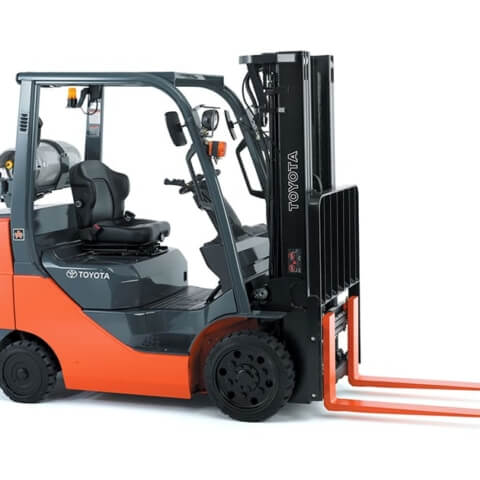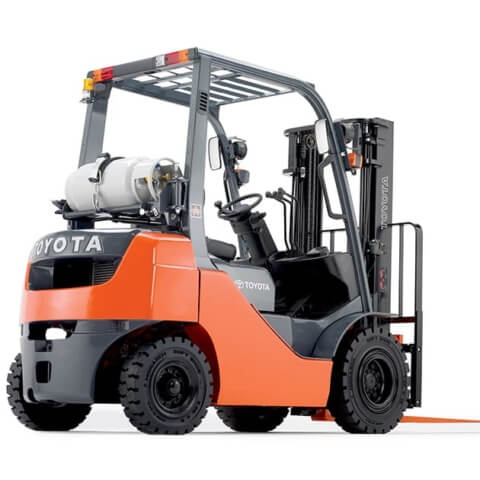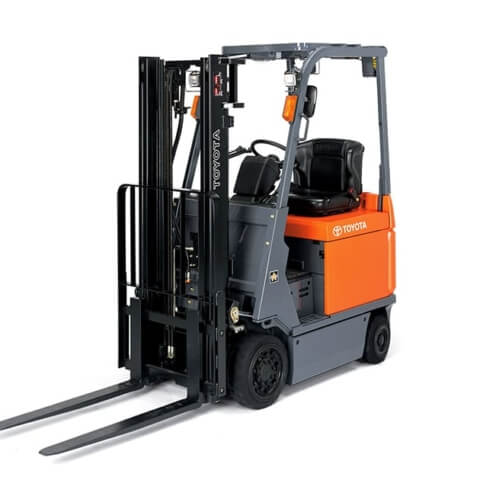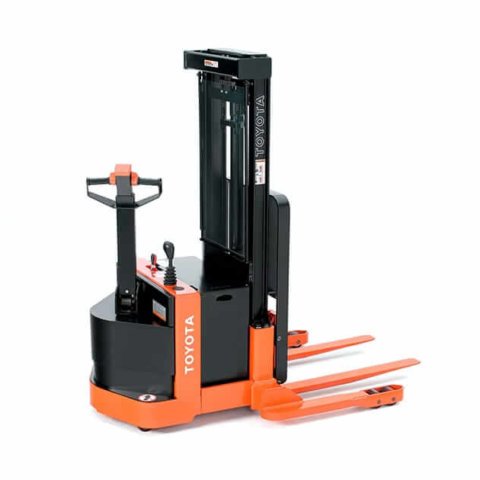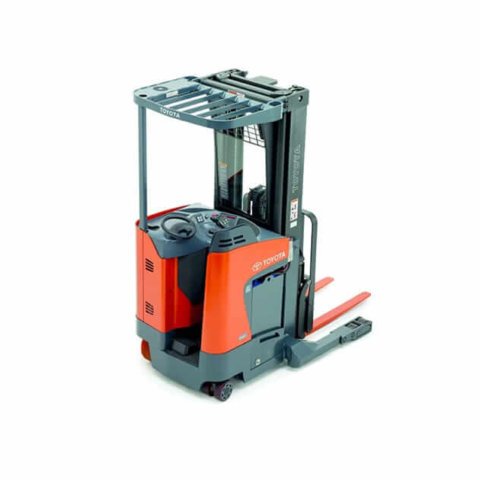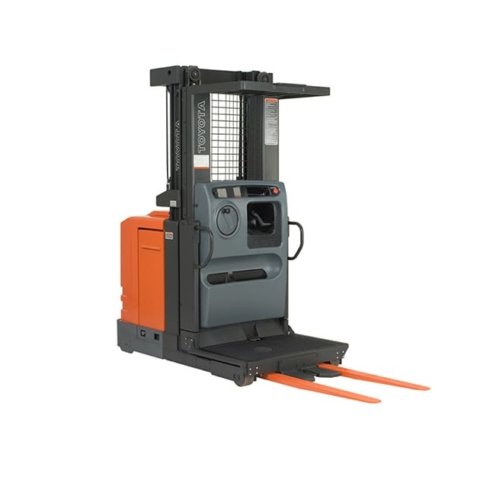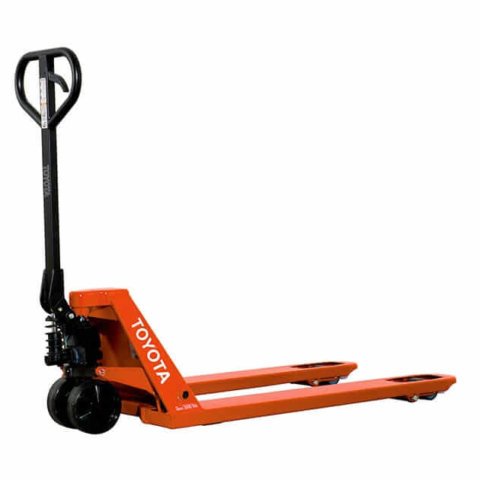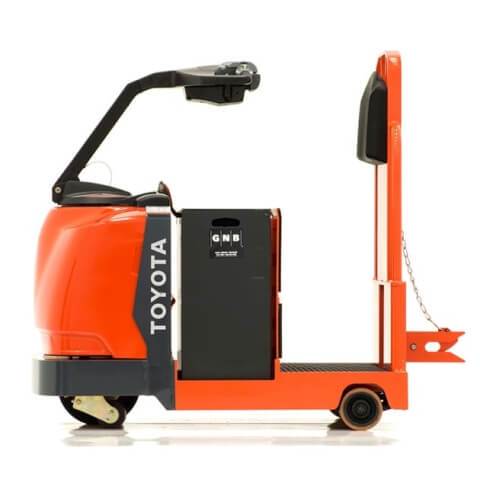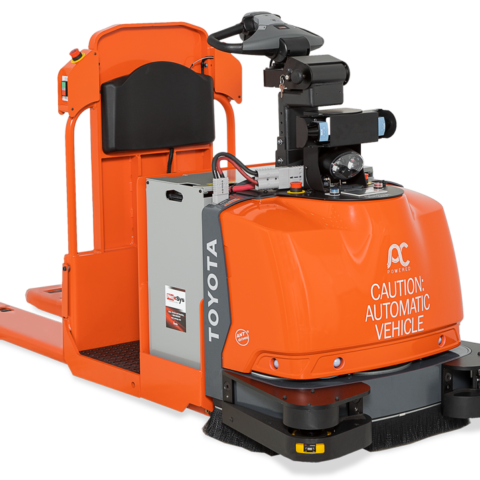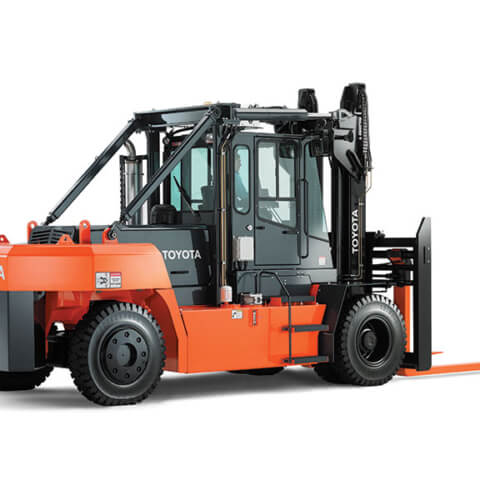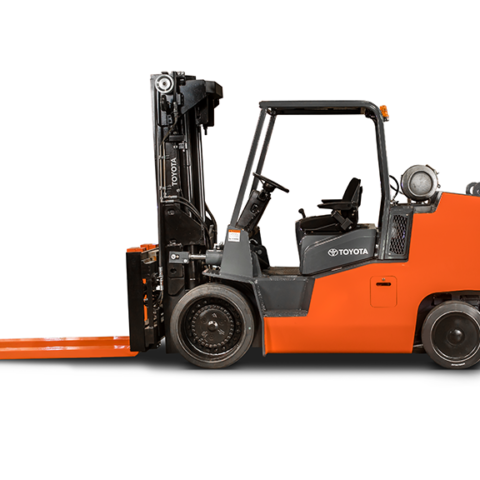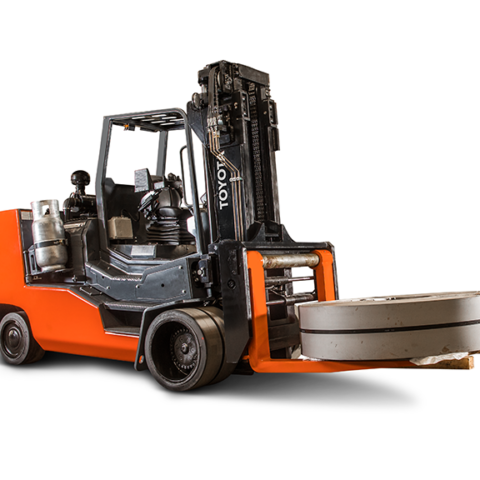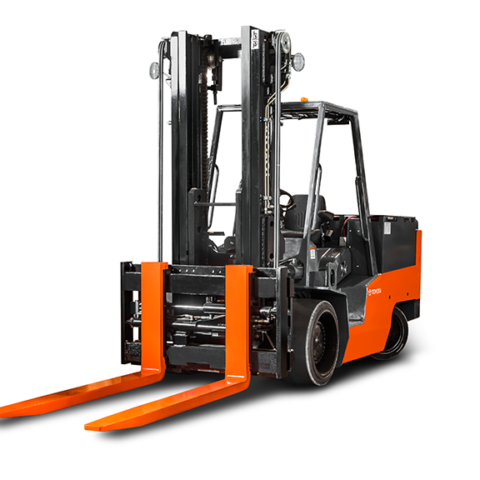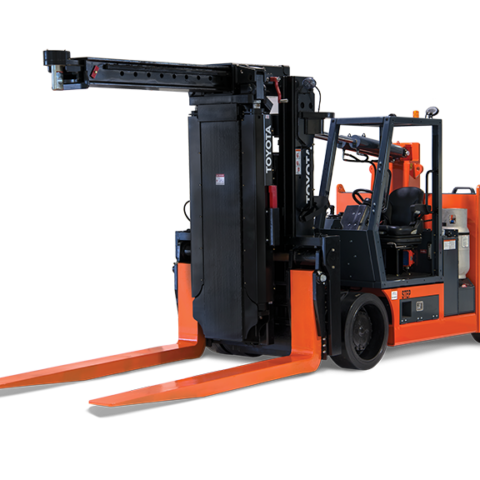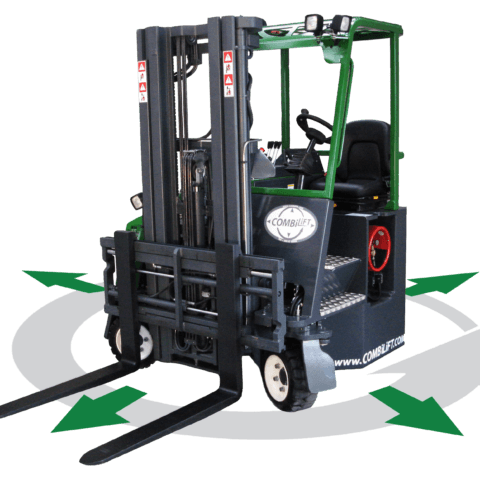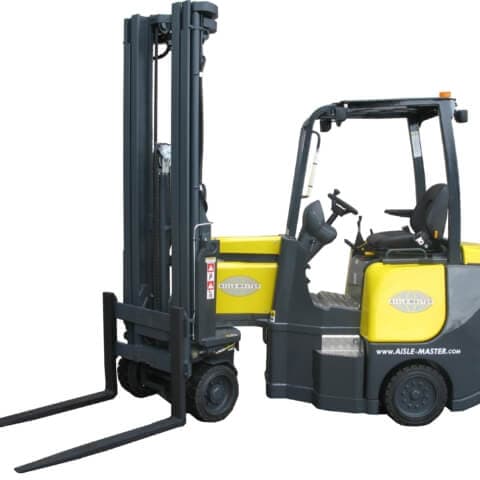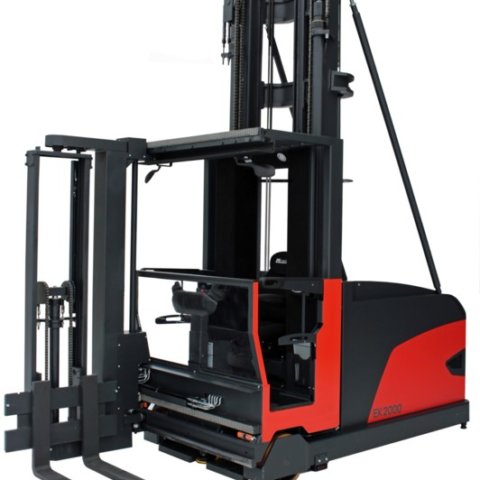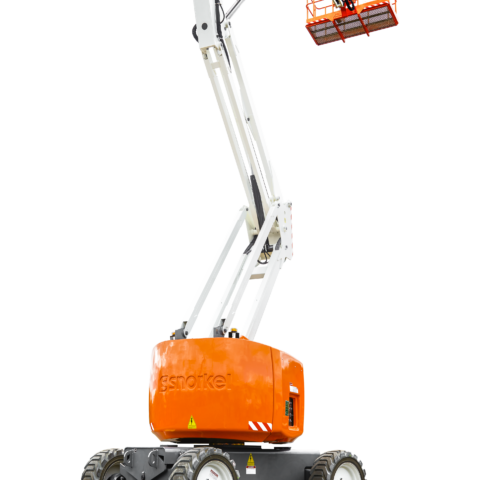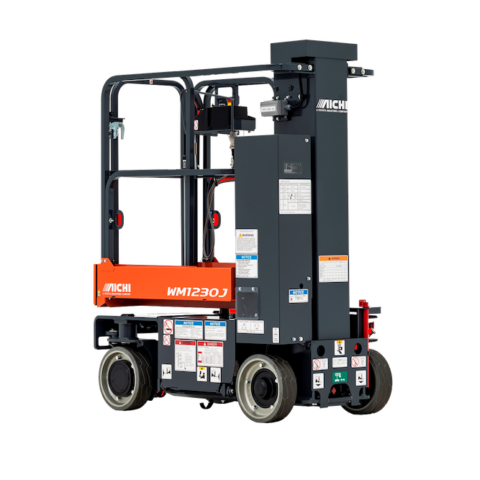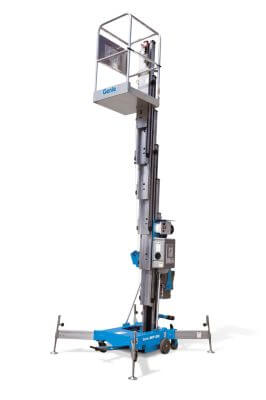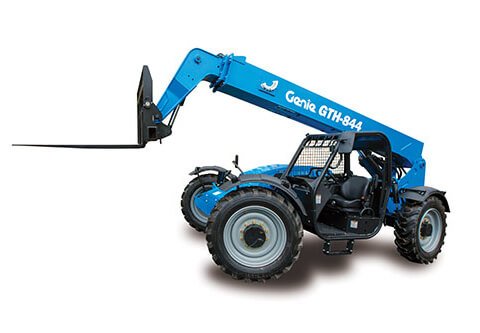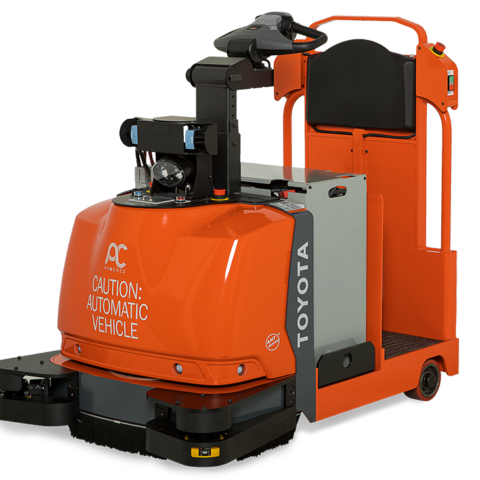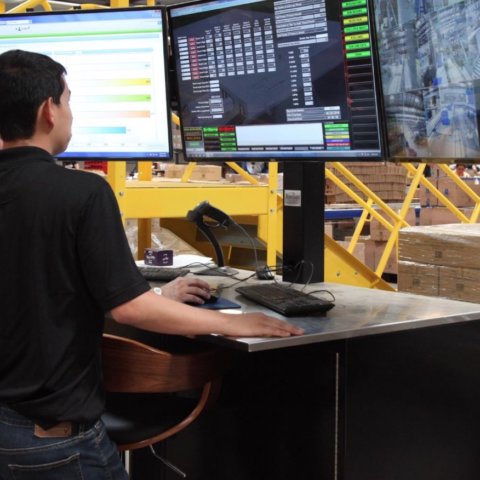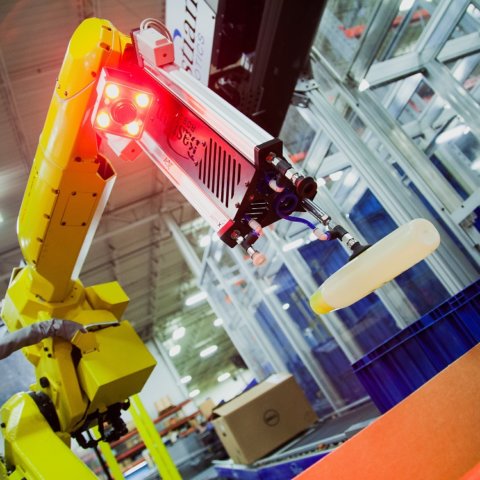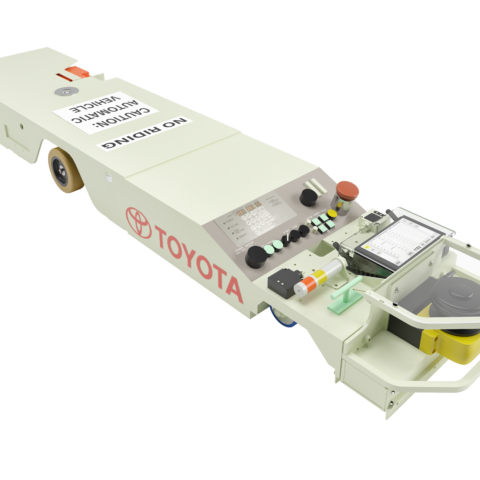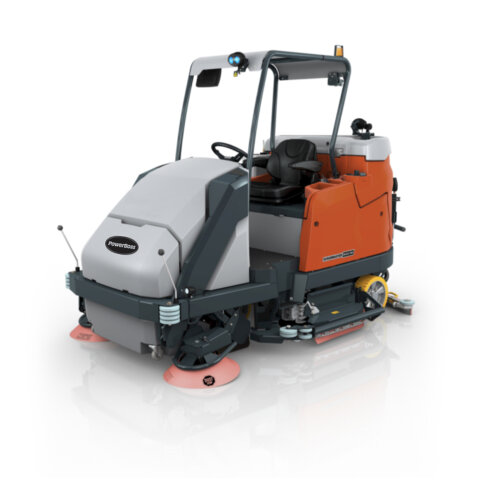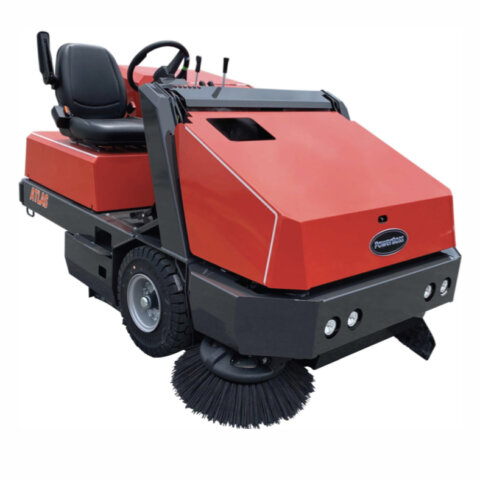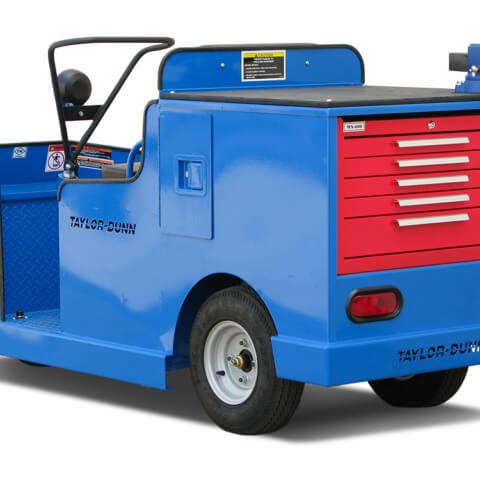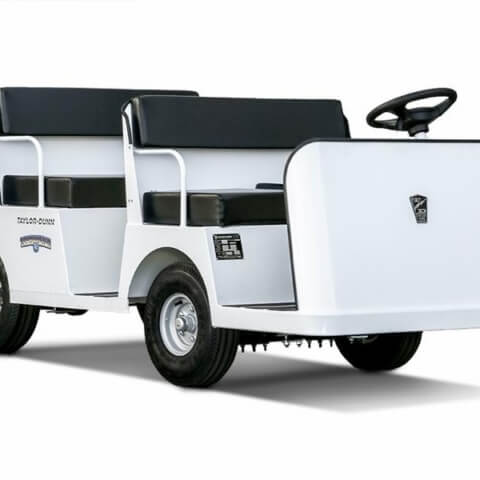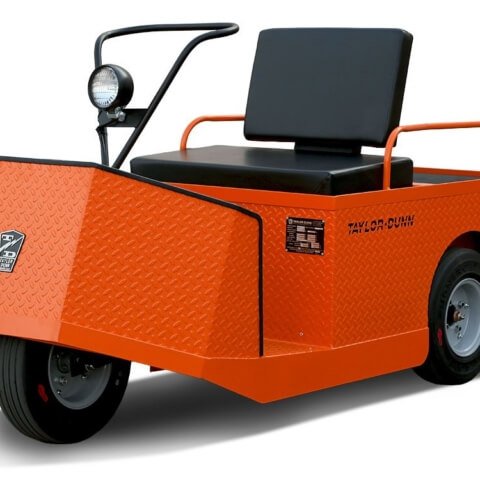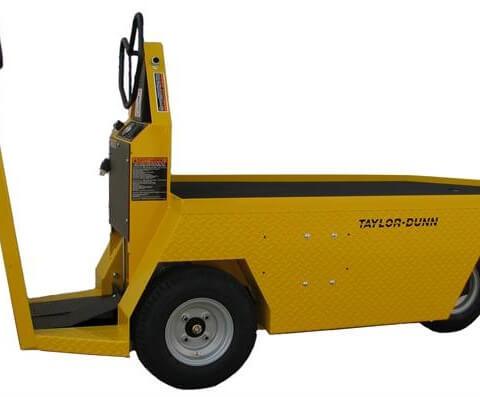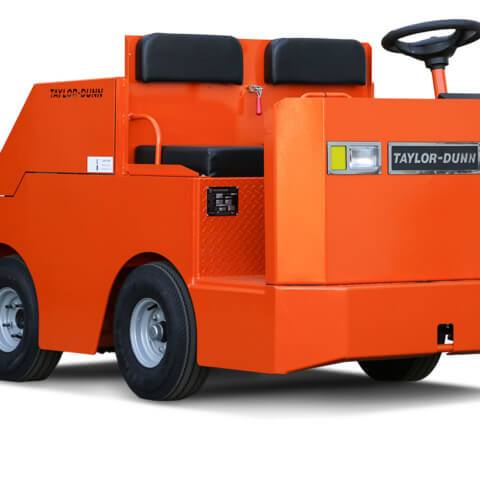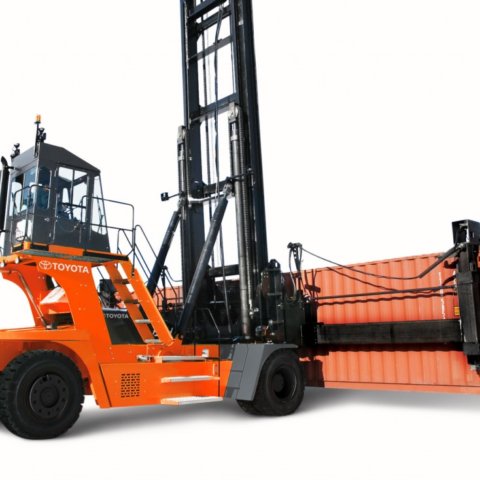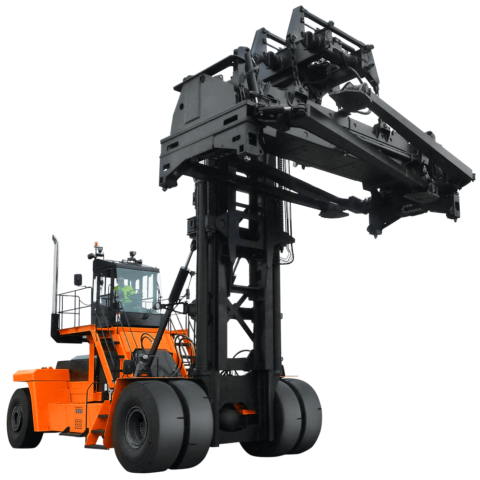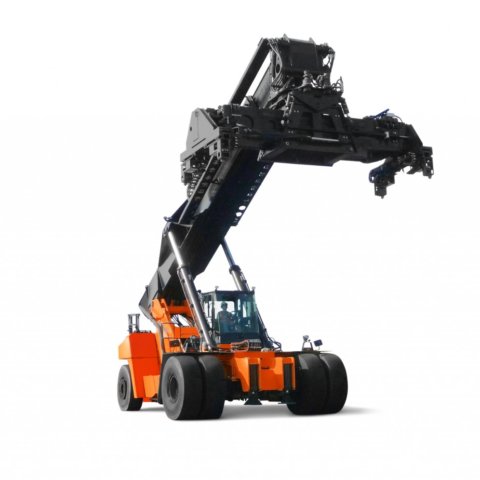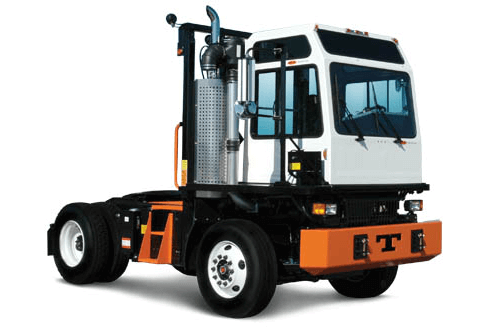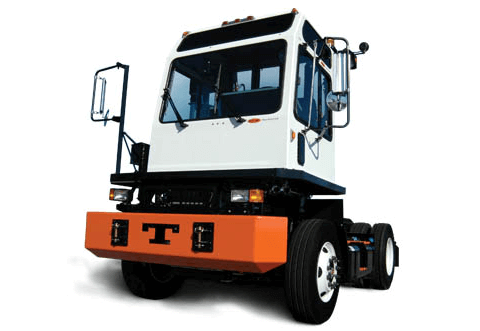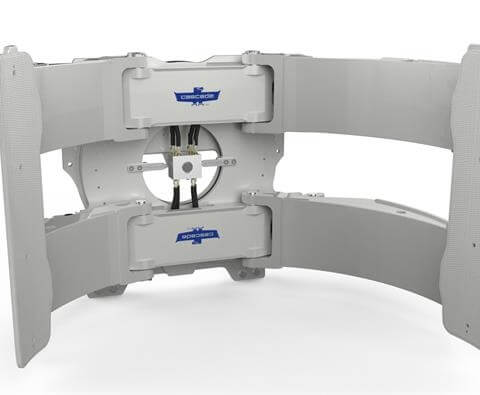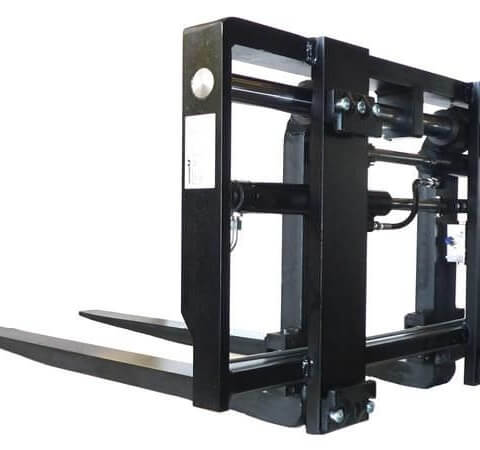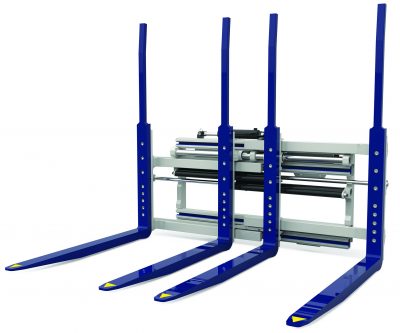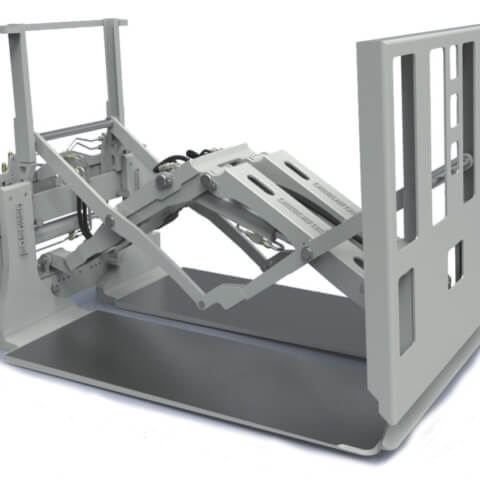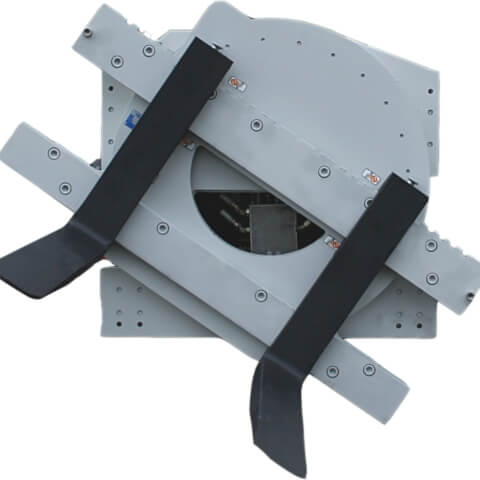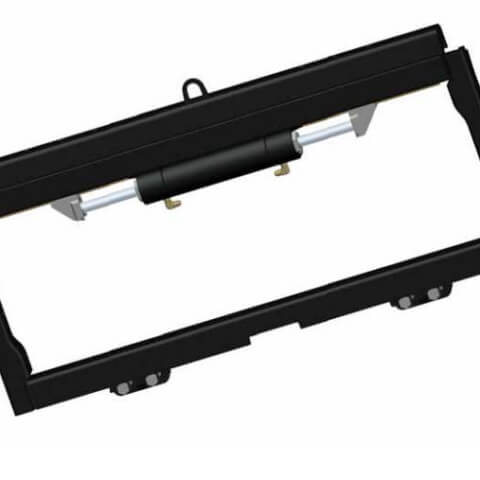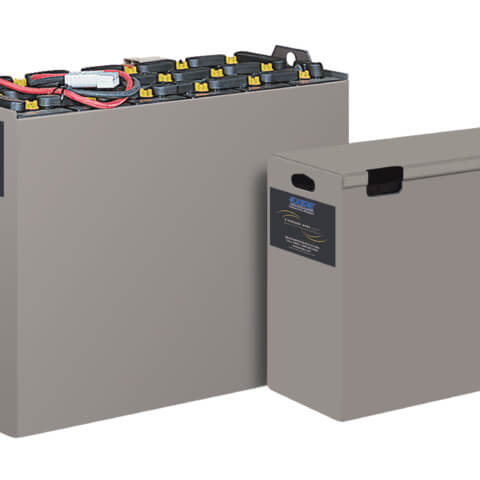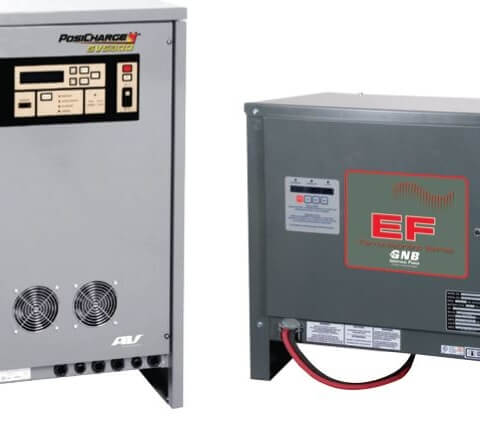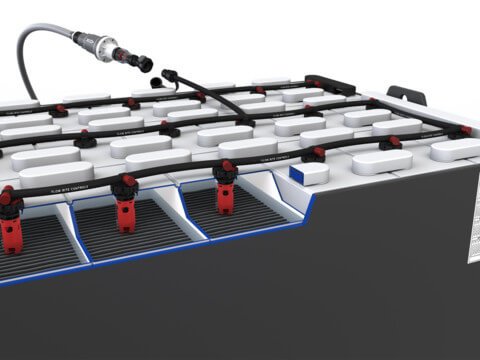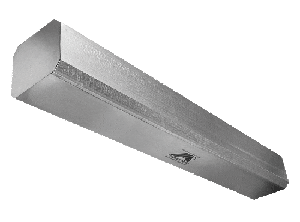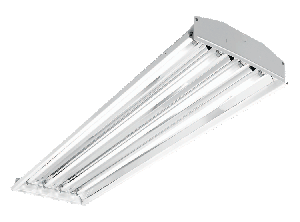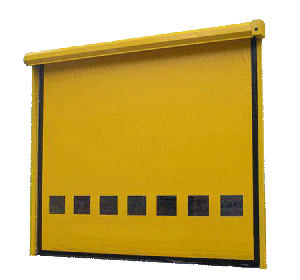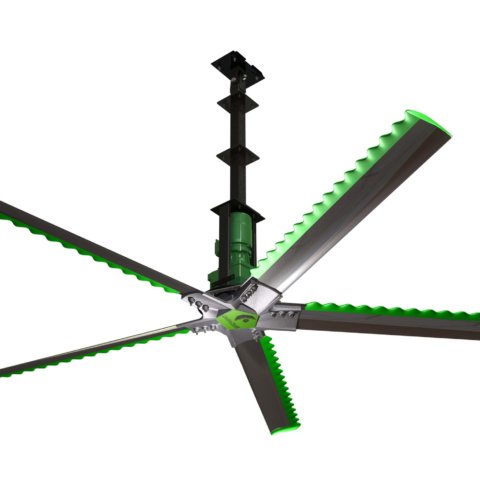
Adding or replacing a forklift this year? Schedule time with an equipment specialist for an on-site visit and review of your forklift operations. CONTACT EQUIPMENT SPECIALIST
Consider your current forklift fleet.
How long ago did you purchase the equipment? Has your production schedule or loads changed? Were the units purchased new or did you acquire used equipment with limited features?
Although there is a perception that forklifts are commodities, no purchase is standard. When designed specifically for your warehouse and application, operators achieve better production.
Resolving site specific challenges can by assisted by forklift options.
Forklift Load Positioning
Designed to better position the load, a sideshifter allows the operator to move the forks 4″ to the right or left. If your operators get off the forklift to adjust the forks for varying loads, a fork positioner will help increase safety and productivity. This option moves the forks in and out to adjust the space between them which results in safer load handling.
Mast Height
Forklift mast options focus on the available ceiling height as well as the current or future racking system. Some companies learn their mast height is too low while other have too much, putting them at risk for hitting overhead obstructions like doorways, ceiling fixtures or conveyors.
Load Stability
For the best stability, forks should be under 3/4 of the load. To select the best length, measure the various loads an operator must pick up and transport. Also pay attention to the load distribution; is the load evenly distributed or does a particular area of the load weigh more than other areas? This may affect your fork coverage requirement.
Forklift Safety Accessories
Many options such as flashing beacon lights, back-up alarms, fire extinguishers and mirrors are available to increase safety. Understanding the safety requirements of your company can be helpful to narrow the selection. Speaking to your operators about site specific hazards can also provide valuable feedback.
Many companies are reducing the travel speed on their forklift fleet. On average, these companies limit forklifts to 7 mph. A popular option related to safety is speed control, especially for warehouses with heavy pedestrian traffic.
Forklift Operator Protection
If your loads contain small parts, operators may experience items falling through the overhead guard. To protect your operator from injury, overhead guards can be fit with a plexiglass cover. For forklifts that run in dirty or high airborne contaminant environments, a radiator screen can be added to prevent clogging.
Reverse Driving
Some warehouse designs or the load dimensions require frequent reverse driving. This motion can result in back or neck pain for your operator. Combat this issue with a swivel seat. Other helpful options include a rear assist handle and horn button.
Fuel
If your forklift uses liquid propane (LP), a low fuel indicator decreases the risk of an operator being stranded on the warehouse floor.
Ergonomics
An option designed for ergonomics are mini levers. This feature puts the hydraulic controls at the operator’s finger tips, eliminating wasted arm motions associated with standard hydraulic levers.
Many more options exist for your forklift. When purchasing new equipment, this is a perfect opportunity to consider the best items for your warehouse and application. Start by asking yourself a broad question: “What are the current challenges involving our forklift’s performance, safety and reliability?” The answer highlights the best details to share with a consultant and the resulting purchase will enhance productivity.
Interested in a forklift demo? Or adding an option to your current equipment? Contact ProLift to speak to an equipment specialist!
Contact Equipment Specialist
